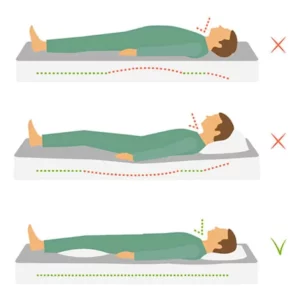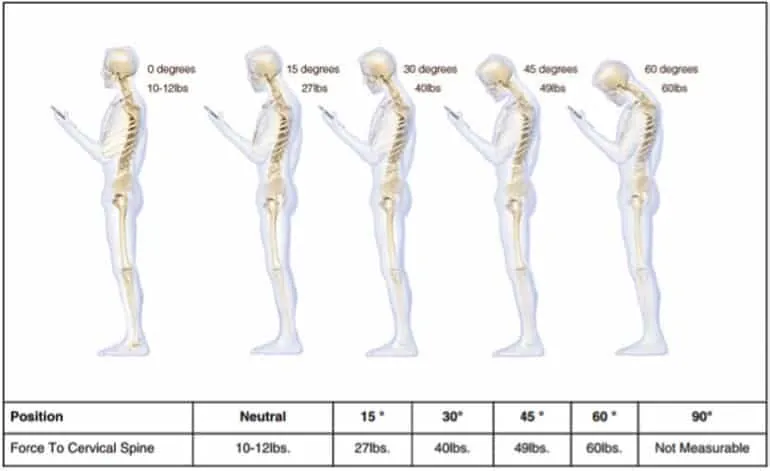Do you have mild, nagging headaches or debilitating migraines that limit your ability to perform your daily life duties? Headaches can be problematic when it comes to work duties, child care or hobbies, making concentration difficult. It can also impair your sleep pattern, leading to dangers performing everyday activities such as driving.
Medication is normally the first step to treating headache symptoms, but did you know changes in posture or activity modification can also diminish symptoms. This is due to headache symptoms arising from underlying causes that you may not be aware you have or secondary to activities/postures you perform regularly.
Therefore, headaches are not all created equal and can originate from poor habits. We will discuss some of those habits here to begin to address the reason you suffer with headaches.
1. Seated Posture
Many of our current occupations require increased computer work and time in a seated position. This leads to a forward posture, where our head falls forward, in front of our shoulders. Research shows that based on the amount your head falls forward from shoulders, increases the weight or force of your head through your spine.
Figure 1: Cervical position (from Hansraj, n.d.)
2. Breath holding/Jaw clenching
The jaw is directly related to the posture of the cervical spine. Poor cervical posture places increased strain on TMJ alignment and impairs muscle function, which could result in jaw clenching. People have a tendency to breath hold during increased concentration, difficult activities, or with increased pain. This can result in jaw clenching, increased muscle activation, or poor posture of cervical spine/TMJ.
3. Sleeping Posture and Pillows
Poor pillow position resulting in forward push of the head if sleeping on back or poor head support if sleeping on side will also cause increased muscle tension and poor cervical joint alignment. Changing your pillow or adjusting your sleeping posture can improve headache symptoms.


Pillows should be replaced every 6 months if made of polyester material and every 18-36 months if memory foam.
Test Out Your Pillow: fold it in half, squeezing all of the air out. If the pillow does not spring back to shape, you are past due for a new one.
If the headaches are long standing, you may require a hands-on assessment by a trained physical therapist to determine if there are other interventions that are needed to fully resolve headache symptoms. You should seek assistance from an experienced, licensed physical therapist.



